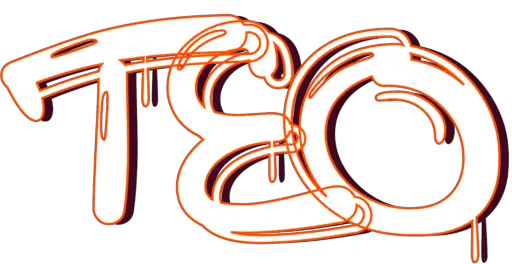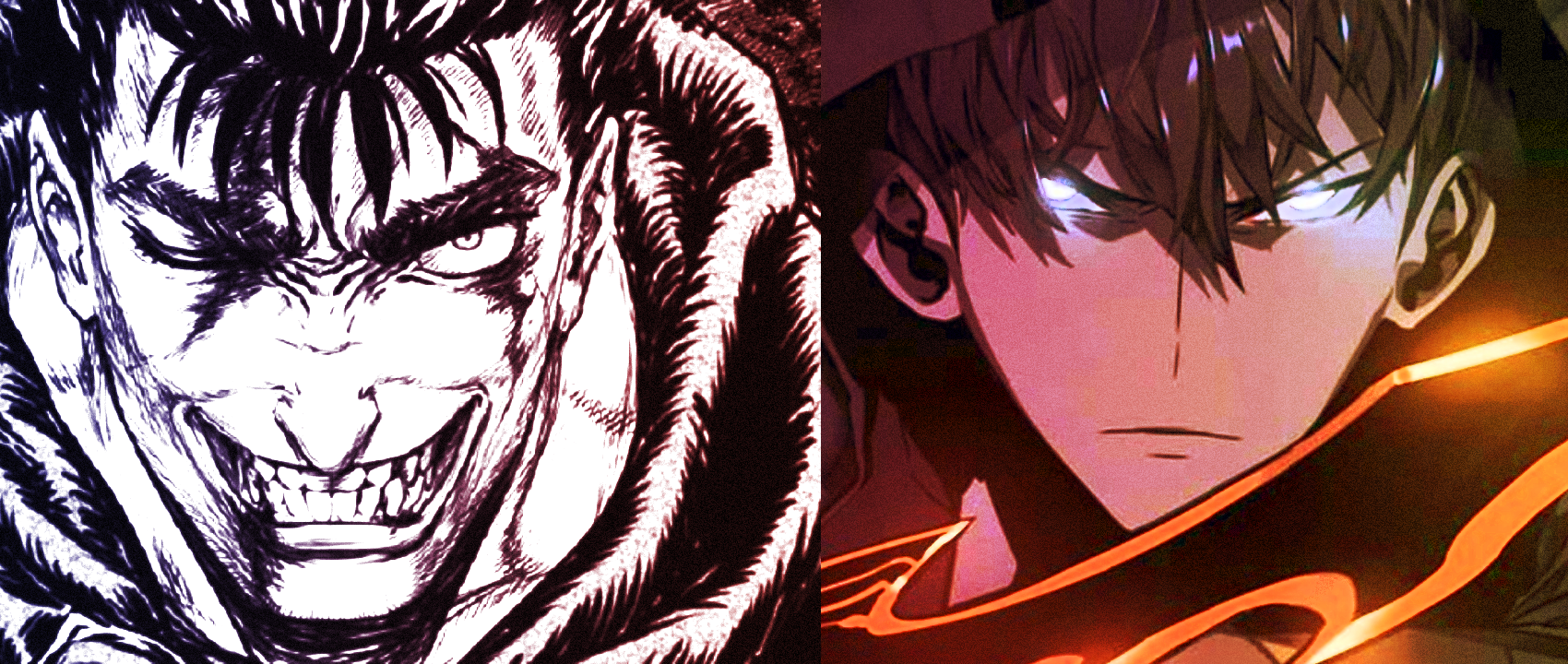Manga and manhwa are both popular forms of comic books, originating from Japan and Korea, respectively. While both mediums share some similarities, they also have distinct differences in their artistic styles. In this article, we will analyze and compare the unique artistic characteristics of manga and manhwa.
Panel Layout
Manga panels are traditionally read from right to left, while manhwa panels are read from left to right, like western comics. This fundamental difference in reading direction has an impact on how the pages are laid out and how the story flows. Manga panels are often tightly packed, with small gutters between them, giving a sense of speed and intensity to the action. In contrast, manhwa panels tend to be more spacious, allowing for more room to breathe and creating a sense of calmness or tension.
Art Style
Manga has a distinctive art style characterized by large eyes, spiky hair, and exaggerated expressions. The focus is often on creating dynamic action scenes, with bold lines and shading to emphasize movement and power. Manhwa, on the other hand, tends to have more realistic proportions and facial features, with a greater emphasis on naturalistic lighting and shading. The artwork in manhwa is often more subdued, with less dramatic action scenes and a greater focus on mood and atmosphere.
Character Design
Manga characters are often designed to be easily recognizable, with distinct hairstyles, clothing, and accessories. This is because manga characters often appear in merchandise, such as toys and video games, and need to be easily identifiable. In contrast, manhwa characters are often designed with a greater focus on realism, with more subtle differences in their appearance. Manhwa characters are also more likely to have a wider range of body types, with a focus on creating characters that feel more human and relatable.
Coloring
Manga is traditionally published in black and white, with limited use of color. This is because printing in color is expensive, and manga is often produced on a tight budget. As a result, manga artists have become experts in creating dynamic and expressive artwork using only black and white. In contrast, manhwa is often published in full color, allowing for a greater range of visual effects and mood-setting. Manhwa artists use color to create a sense of depth and atmosphere, with a greater emphasis on naturalistic lighting and shadows.
conclusion
While manga and manhwa share many similarities, they also have distinct artistic styles that set them apart. Manga is known for its bold and dynamic artwork, while manhwa has a more subdued and realistic style. Manga often focuses on creating recognizable characters with exaggerated features, while manhwa is more likely to create relatable, human characters. Regardless of the differences, both manga and manhwa are beloved mediums of storytelling that continue to captivate audiences around the world.

